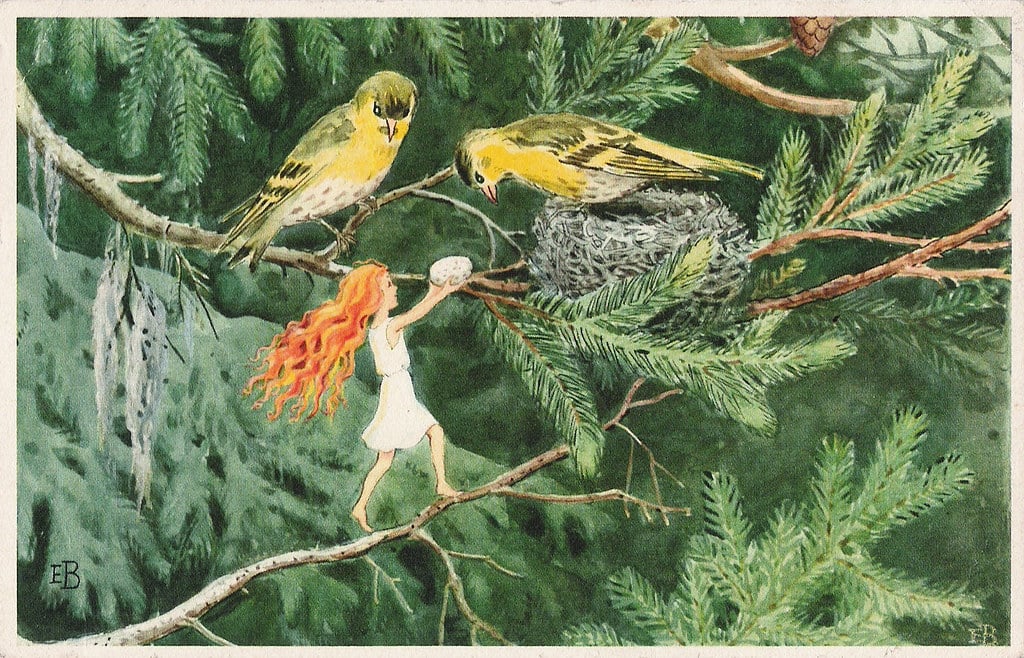The most expensive preschools in America bear a pine-scented resemblance to those senna-tinted photographs of a world before plastics, albeit with no unseemly hint of poverty. Within the world of Waldorf, Montessori and Wild Forest schools the hand dominates the machine, wood and stone beat oil and metal, and the screen has been banished. Just as organic milk is more expensive than soda pop, simple hand-crafted toys have become the hallmark of the wealthy.
Login to read more
Sign in or create a free account to access Subscriber-only content.
